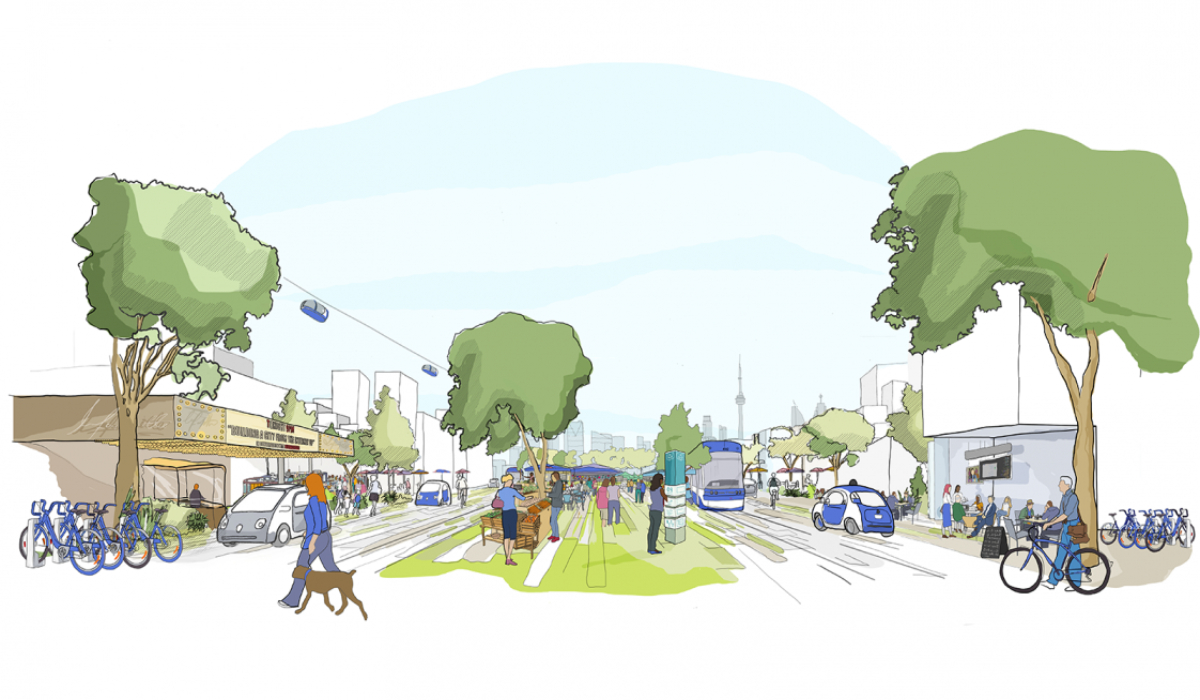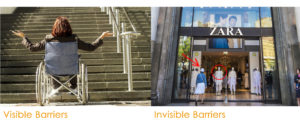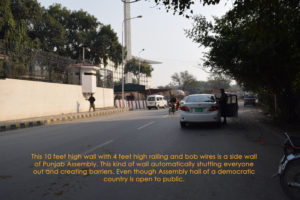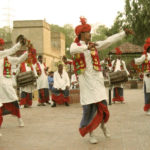
What would you feel if you stand in front of a grand building like Punjab Assembly on a raised platform with double heighted columns?
It will belittle you. As its human to height ratio is so big that a whole person’s height is equal to the base of its column. Because this building is designed to show the grandeur of the ruling government.

That is how a build environment impacts a person and either gives a notion of inclusion or exclusion.
Every organism, including human beings, interacts with its physical environment. Human being’s physical environment refers to buildings and public spaces in which they dwell. The public space and democracy are closely related because some ideas of ‘public’ are built into the concept of democracy. The “We are equal” concept of democracy is also applied to any public space where that space should be equally welcoming and inclusive to the public. No discrimination in democracy, no discrimination in public space.

Many people experience barriers within the built environment due to environmental restrictions.
Barriers mean any obstacles that prevent them from fully participating in all aspects of society and their abilities to move independently. These barriers are visible and invisible. Visible barriers are like stairs to some space is a barrier for differently able people and don’t allow them to pass through that space because when there is a provision of stairs instead of the ramp is a physical representation that we don’t include differently able people in our society. The invisible barriers are like the perfect image of a girl with a perfect dress in a shop indicates that you would never be perfect without buying that dress. These kinds of barriers are harder to locate and make difficult for a person to confidentially walk in society.

Space or environment that is ‘shared’, ‘communal’, ‘inclusive’, ‘accessible’ would form an atmosphere we believe is democratic.
Democratic environment removes barriers in political, economic, social, and technological aspects. Today, our society continues to have poorly designed buildings and environments creating exclusions for the public. A democratic space is barrier-free, transparent and accessible to everyone promoting equal opportunities and participation to all. Through this approach, we can change the environment to be as enabling as possible and change the attitudinal perceptions of how people interact with the environment.

In order to achieve inclusion of all in the democratic environment, people should find a sense of ownership and comfort.
We spend our lives inside buildings, our thoughts shaped by their walls. The general point is that certain kinds of space encourage encounters while others do not. Open plan offices, for example, encourage more interaction. Instead, the removal of physical walls tends to make people put up psychological and communicative barriers in their place – people become ferociously protective of ‘their’ cubicle and communicate less often than when there are walls and doors that people can pass in and out of and engage in a more intimate and controllable fashion. As with office space, so it is with blank city square.

A park in the fabric of the city invites everyone in, while a fancy shopping mall may have mental restrictions to come in for some people while both are designed for the public.
According to our constitution, the public has the right to sit back in a certain row of Provisional Assembly and listen to whatever is held in the assembly but the public is not allowed to speak. But in the current situation the higher walls with cables around the Punjab Assembly excludes the public and we as general public automatically assumes that we are not allowed to go, we made that perception because of that walls.

We need to develop a culture where the general public is the heart of the environment design by acknowledging their differences and diversity as we are a country of diverse culture and an environment that is flexible, convenient and enjoyable for all. Because if people take more part in the environment would ultimately form a society of more actively participating and aware people.
cover image via technologyreview.com





